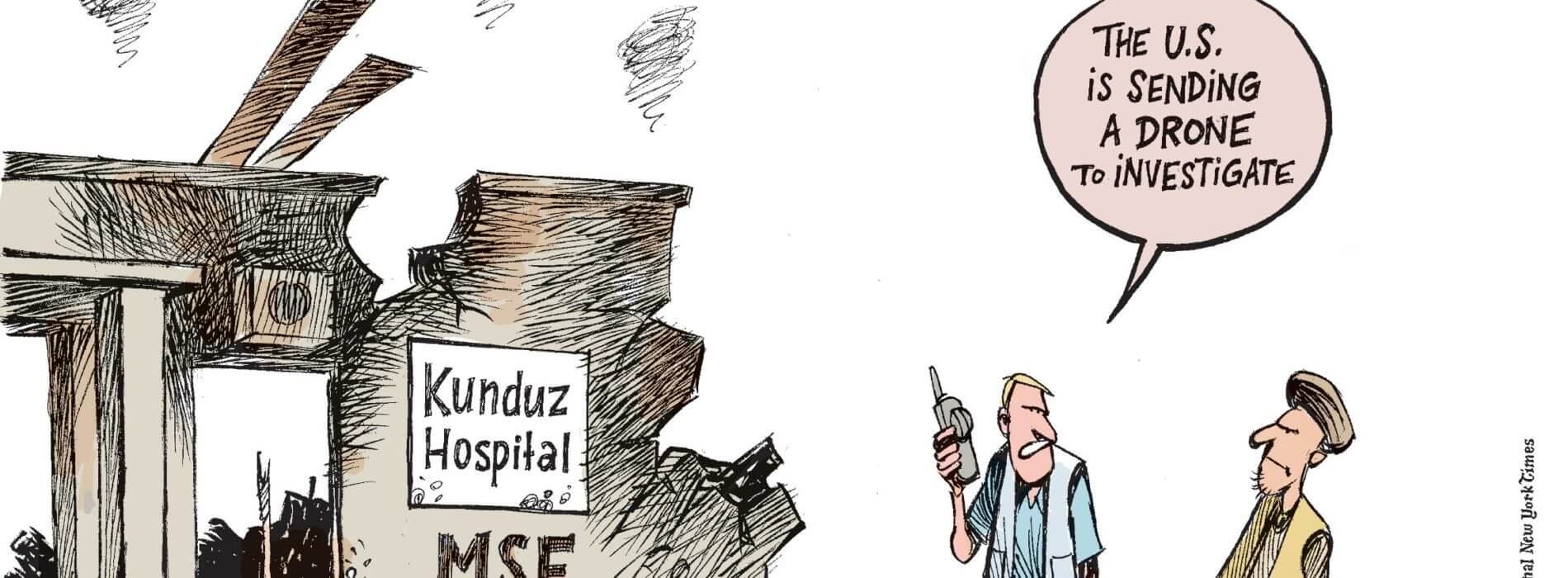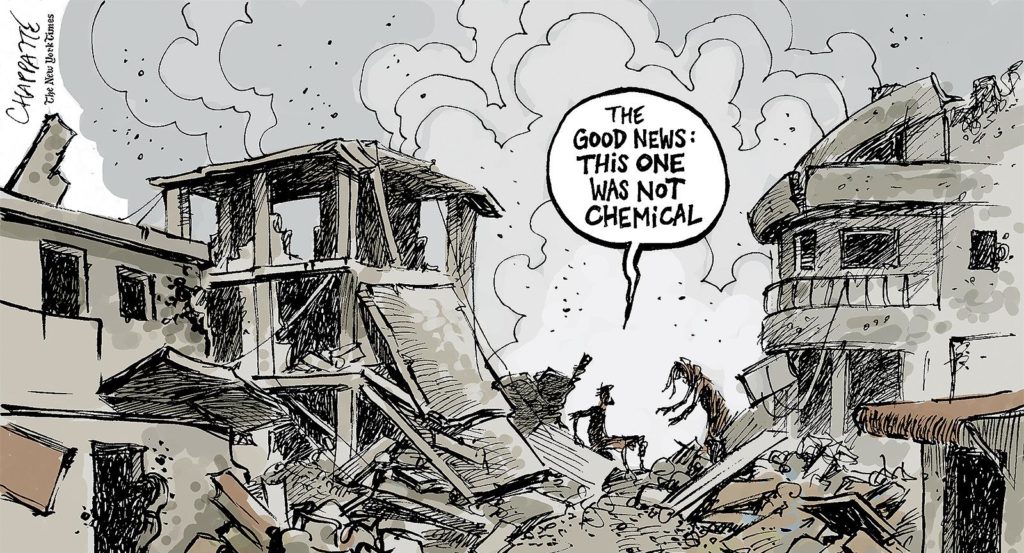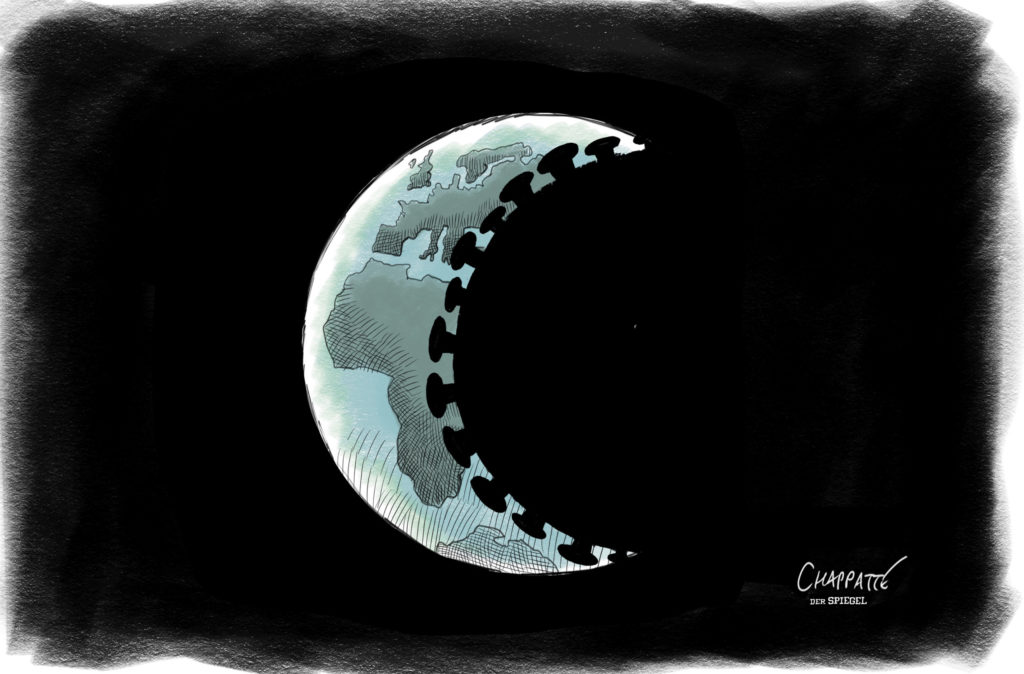New Grammars of War: Conflict and Violence in the 21st Century
Terminology Related to Violence and Conflict
The intentional use of physical force or power, threatened or actual, against oneself, another person, or against a group or community, that either results in or has a high likelihood of resulting in injury, death, psychological harm, maldevelopment, or deprivation.
The World Health Organization (WHO)
Derived from the Latin word conflictus, which means collision or clash. This term is understood as a disagreement between two or more parties through which the parties involved perceive a threat to their needs, interests or concerns. Source
A dispute involving the use of armed force between two or more parties, often referred to as war. Source
Militarised armed conflict between two or more states. Source
A conflict between a government and one or several non-governmental parties, often with interference or support from foreign actors.
The intentional use of illegitimate force (actual or threatened) with arms or explosives, against a person, group, community, or state that undermines people-centred security and/or sustainable development. Source
Violence that is directed against a person on the basis of gender or sex. It includes acts that inflict physical, mental, or sexual harm or suffering, threats of such acts, coercion, or other deprivations of liberty. While women, men, boys and girls can be victims of gender-based violence, because of their subordinate status, women and girls are the primary victims. Source
IHL distinguishes between Non-international armed conflict defined as “A conflict in which government forces are fighting with armed insurgents, or armed groups are fighting amongst themselves” and International armed conflict defined as “A war involving two or more States, regardless of whether a declaration of war has been made or whether the parties recognize that there is a state of war. Source
A criminal act or acts intended to inflict dramatic and deadly injury on civilians and to create an atmosphere of fear, generally in furtherance of a political or ideological (whether secular or religious) purpose. Terrorism is most often carried out by sub-national or transnational groups, but it has also been known to be practiced by rulers as an instrument of control. Source
Research Office



